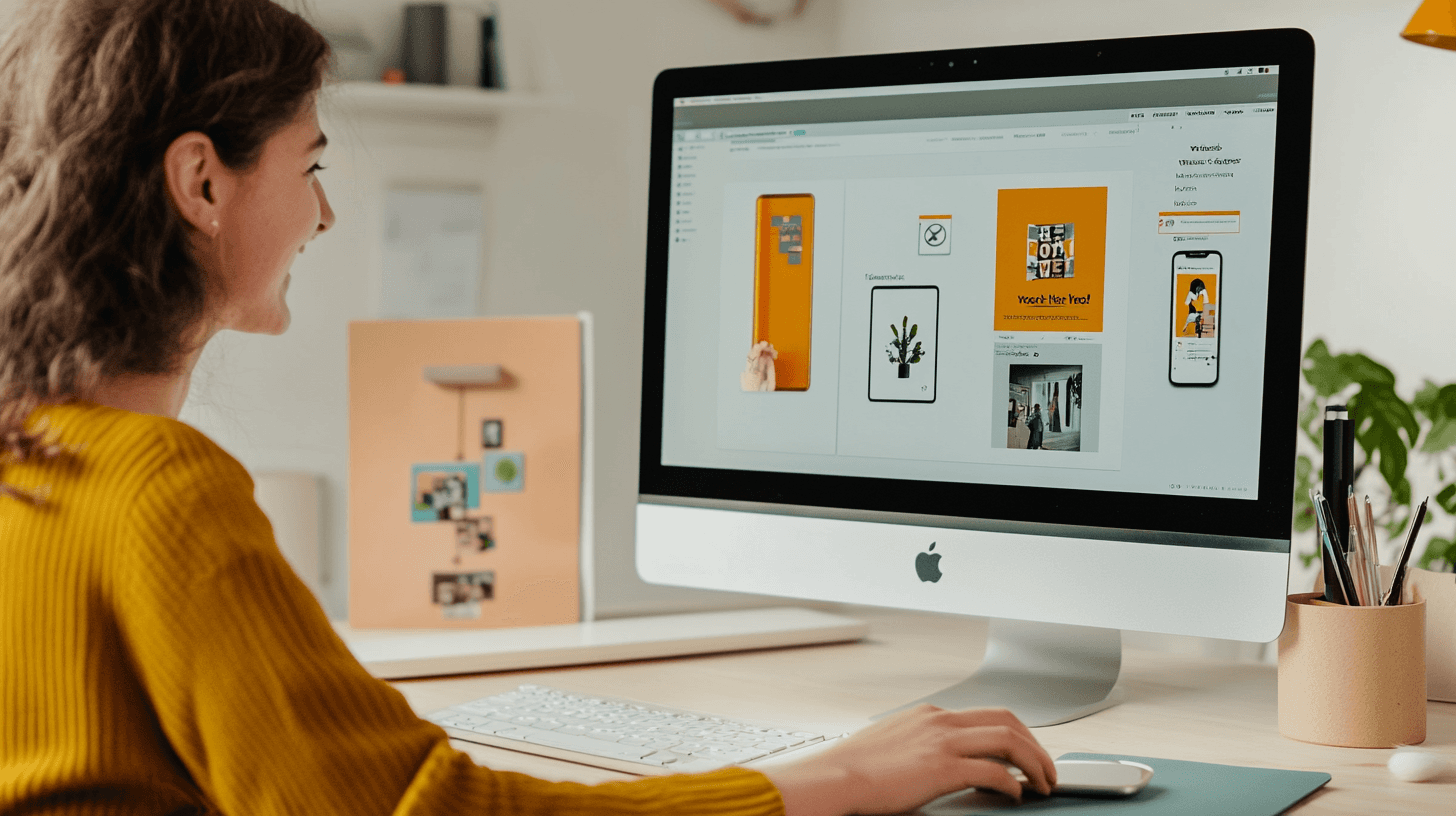UI & UX Differences: Explanation Through the Car Metaphor
User Experience
・
6 min
UI vs UX
What is ui and what is ux?
What are the differences between UI and UX?
Contents
In the digital world, UI (User Interface) and UX (User Experience) can be compared to the difference between a car's exterior (design) and the driving experience. For example, a car may have an amazing paint job, cool rims, and striking design (UI); but if you get in and the seats are uncomfortable, the controls are complex, and the handling is poor (weak UX), you'd say, "I wouldn’t want to drive this car on a long journey!" On the contrary, if a vehicle's exterior is not very attractive (average UI) but it offers an incredible driving pleasure and comfort (good UX), you might think, "The look doesn't appeal to me, but it does the job when I need it." Of course, a car that is both beautiful on the outside and perfect on the inside (UI+UX harmony) wins hearts. As a "user experience doctor" for 11 years, I have observed that UI catches the eye, while UX captures the soul. Now, let’s delve deeper into this duo.
What is UI (User Interface)?
UI refers to all the visual and interactive elements of a digital product. Details such as color palettes, button designs, icon sets, typography, and page layout fall within this scope.
• Visual Layout: Just like the paint and rims of a car, the colors and elements on a page impact the user at first glance.
• Consistency: If different parts of the car are in harmony, the digital interface also evokes a feeling of ‘Reliable brand’ by using similar styles and language across different screens.
• Micro Interactions: Small animations, hover effects, and little surprises that delight the user are like the lights that turn on when the door is opened.

What is UX (User Experience)?
UX is the entire emotional and functional experience a user has while using the product. It reflects comfort and ease of use, similar to the steering wheel, road handling, and interior space of a vehicle.
• Usability: The easier it is to adjust the seat, understand the indicators, or navigate the menus, the more comfortable the user feels.
• Speed and Fluidity: Just like getting through traffic smoothly with a vehicle, in a digital experience, the user should be able to quickly move between pages.
• Emotional Satisfaction: If a comfortable car is enjoyable on long drives, users will say “Essential!” when a digital product offers a practical and fun experience.

The Difference Between UI and UX
While UI might lead one to say, “This car looks very cool,” UX leads one to say, “I can drive this car joyfully and safely.” One satisfies the eyes, the other wins the heart.
• Aesthetics vs. Function: UI focuses on the display; UX looks at the comfort of the interior.
• First Impressions vs. Long-Term Relationship: You fall in love with UI, but you marry UX.
• Stronger Together: Just like a car that is both stylish and comfortable, no one wants to part with products that are both beautiful and practical.

Why Should UI and UX Be Considered Together?
A car that looks great but drives horribly will soon give a sense of betrayal. An unattractive but highly enjoyable driving vehicle will also make one think, “It does the job, but I wish it were more appealing.” The best is to excel at both!
• Brand Trust: Users think, “They have considered every detail” and recommend the brand.
• User Loyalty: A product that initiates interest through visual appeal and ties users in for a long time with a good experience stands out from its competitors.
• Value-Generating Experience: When both the eyes and the heart are satisfied, you become indispensable to the user.
Are there parts you don't understand? We can address the question marks in your mind together, or do you want to contribute to this article? Please email me at [email protected]!
You can cancel your subscription at any time.
Leave a comment
Comments
No comments yet.



